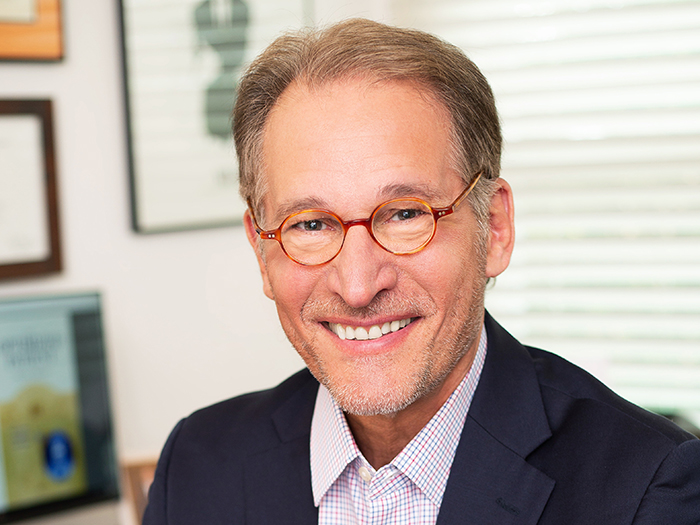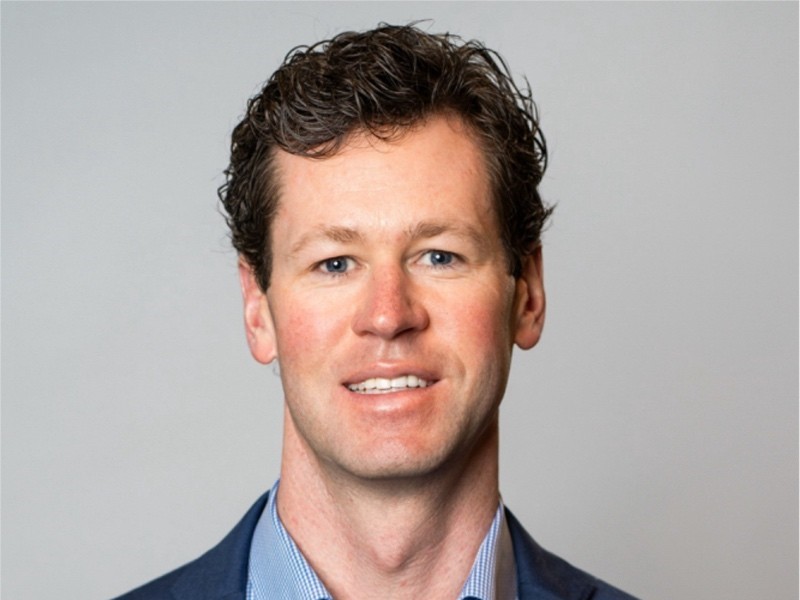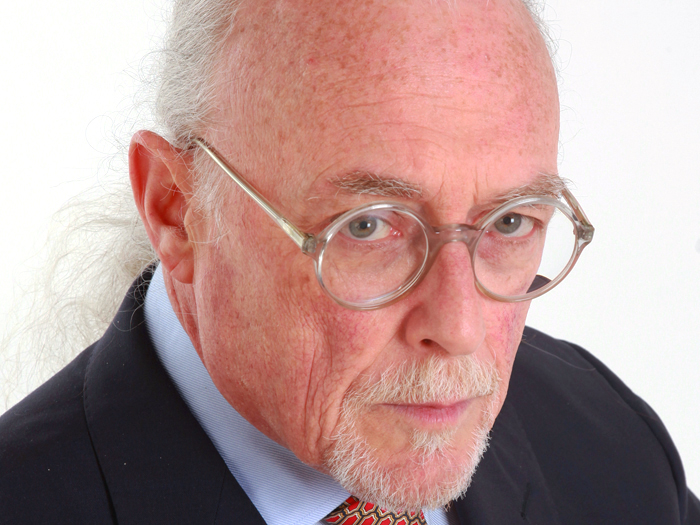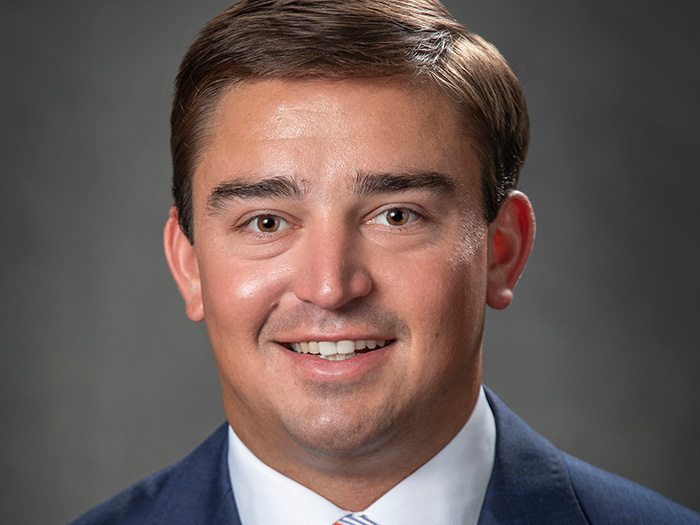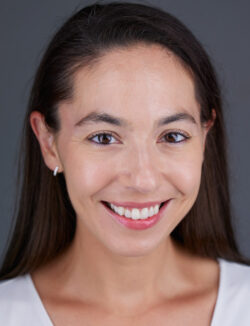It Had to Happen Sometime; Massive Catastrophe Losses Are Pushing Insurers to Raise Rates

A serious storm is bearing down on the densely populated southeastern edge of Florida.
Not a hurricane, but rather a storm of premium increases and tightening terms and conditions in property insurance in the aftermath of hurricanes. The previous two years, 2017 and 2018, saw the highest-ever two-year insured-loss rate, according to Swiss Re, with a combined hit of $219 billion.
The actual total may be higher, because of the creep often associated with natural catastrophes that affect a large area.
Total economic losses from natural catastrophes and man-made disasters in 2018 were $165 billion, according to a recent report from the Swiss Re Institute.
Insurance covered $85 billion of those losses, the fourth highest one-year aggregate industry payout ever, and a good deal above the previous 10-year annual average of $71 billion. Of last year’s insured losses, $76 billion were due to natural catastrophes and of those, more than 60% of claims were to help populations affected by ‘secondary’ peril events.
The single biggest natural catastrophe insurance loss event of 2018 was the Camp Fire in California, $12 billion, a secondary peril, according to Swiss Re. Indicative of a growing trend, the combined insured losses were the highest ever for a two-year period.
Growing CATs, Growing Concerns
“Stakeholders in building resilience, including insurers, are well advised to pay more attention to the growing risk these perils present,” the report stated.
“The global all-catastrophe protection gap of the past two years combined was also impressively large at $280 billion, and more than half of that resulted from independent secondary and secondary-effect peril events.”
In property lines, “the risk accumulation plus asset accumulation is outpacing economic growth, even in mature economies,” noted Thomas Holzheu, chief economist for the Americas at Swiss Re.
“Development is human activity. The ‘natural’ part of natural catastrophe is the hurricane or flood; the ‘catastrophe’ part is human. That is the same worldwide, but especially in Asia. There is storm risk, as well as earthquake and tsunami. Economic development is primarily coastal, which is straight in harm’s way.”
“While the U.S. has experienced elevated natural catastrophes within the last two years from widely reported events such as hurricanes and wildfires, it’s important to take a historical look at these events.” — Derek Talbott, division president, Chubb North America Property and Specialty
The difference in the U.S. and some other developed countries is that wind is covered, but earthquake and flood are excluded.
“There is stress on all property catastrophe markets,” said Marc Lauricella, partner and head of the capital group at reinsurance broker TigerRisk Partners.
Florida provides a painful example, where insurers underestimated their losses from 2017’s Hurricane Irma.
“The storm hit the southwest coast of Florida, yet many insurance companies are paying for significant unexpected losses from the tri-county area to the east, which includes Miami-Dade, Broward and Palm Beach. Insurance companies under-projected their losses from these densely populated areas, and those losses have continued to creep,” said Lauricella.
It was expected that premiums would rise and terms tighten for renewals in January 2018, and that did happen. Lauricella added: “At that time, hurricane loss inflation due to social-loss costs of assignment of benefits and the Florida legal environment regarding hurricane losses was not fully appreciated.”
He added that “the reinsurance and insurance capital remained relatively stable year over year with the continued strong support of alternative capital providers. At the January 2019 renewals, there was some increase in reinsurance pricing but not as much as many had expected.
“The insurance market is now in the midst of the June reinsurance renewals, a pivotal renewal for Florida and Southeast regional insurance companies. Many reinsurers are pushing for larger increases.”
As 2018 ended, “markets started to tighten,” said Sanjay Godhwani, executive vice president for property at Berkshire Hathaway Specialty Insurance, part of Berkshire Hathaway.
The markets will only tighten more, he said. “The expectations are that sublimits will decrease and it will become harder and harder to get renewals at previous premiums. [National] markets will be looking for rate into next year because of their size and the extent of their book; they can’t get it all in one year.”
The most significant changes are being seen in hospitality and in low-rise residential segments. Offices are not seeing the same degree of tightness. More regional perils such as hail and tornado are rising but are localized.
The one countercyclical line is earthquake: “That market has been softening for some time,” said Godhwani. “Premiums are less adequate. Even inadequate.
“Some carriers are very actively re-underwriting,” Godhwani added. “Others are more on their front foot, looking at opportunities to collaborate with their insureds on how to mitigate exposures.”
The responses from owners are not surprising.
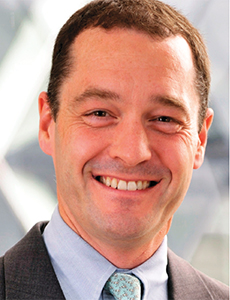
Derek Talbott, division president, Chubb North America Property and Specialty
“They are definitely shopping,” said Godhwani.
“Brokers have a job to do. Some incumbents are losing their positions. Customers are accepting larger deductibles with some sublimits. They are buying less coverage and retaining more risk.”
And owners are engaging with their underwriters.
“Anything customers and their brokers can do to differentiate is helpful to the carrier,” said Godhwani.
“We are looking to differentiate our risks and not treat the market uniformly. We want to hear what owners have done to mitigate their own risks. Even if things have gone badly and there have been losses, we want to hear about what they are doing differently. That level of detail is very helpful.”
P&C Staying Strong
For all the concern over premium adequacy, the Swiss Re report noted the “paradox: the insurance industry is well capitalized to absorb this risk. Total capital in the non-life reinsurance market, including alternative capital, was more than $2 trillion at the end of 2018.
“The main explanations for the underinsurance are lack of consumer risk awareness and poor understanding of catastrophe insurance covers, and on occasion hesitation to provide cover where risk assessment is uncertain,” read the report.
“Overall, the current P&C marketplace has a strong capital position to meet the exposures related to natural catastrophes,” said Derek Talbott, division president for Chubb North America Property and Specialty.
“We focus on underwriting discipline to help keep us in position to be able to pay our claims. For insurers to meet their obligations, they need enough premium to adequately take on the risks associated with losses from natural catastrophes as well as those stemming from non-CATs, such as losses from internal water damage or fire.
“In fact,” Talbott continued, “many of our business clients experienced property losses this past winter from internal water damage due to pipes bursting from extreme variation in winter temperatures.”
Lauricella is careful to note that some of the current market stress is cyclical. And some is actually new.
“If you consider hurricane activity prior to 2016, it was relatively quiet during the previous 10 years or so. This current pricing cycle is in response to the aggregate CAT losses of recent years and the changing risk profile of U.S. hurricane and wildfire perils as well as the decreasing available reinsurance capital needed to support the market.
“Wildfires have always been a risk,” said Lauricella. “However, their risk profile has changed due to a drier climate, less forest management, and older power lines and electrical power systems.”
Similarly, population growth in mountain and coastal regions is magnifying exposures, creating greater concentrations of risk.
“The exposure density is increasing, and the CAT perils are more frequent and volatile,” he said.
The view is similar among primary underwriters.
“Wildfires have always been a risk. However, their risk profile has changed due to a drier climate, less forest management, and older power lines and electrical power systems.” — Marc Lauricella, partner and head of the capital group, TigerRisk Partners
“While the U.S. has experienced elevated natural catastrophes within the last two years from widely reported events such as hurricanes and wildfires, it’s important to take a historical look at these events,” said Talbott.
“From 2006 to 2016, we did not have a single major hurricane make landfall in the U.S. mainland.”
Chubb “continues to focus on price adequacy,” said Talbott.
“To achieve this, it means properly underwriting the exposures. Insurers will look at their property risk portfolios and position their books to obtain adequate pricing for the exposures. Every carrier will have a different set of risks and they will steer their books through different market cycles.”
A prime example is how flood models have improved. “Insurers did not have the basis for pricing,” said Holzheu at Swiss Re.
“FEMA did not differentiate well, because they did not know the risk exposures. Flood mapping has changed dramatically in the last 10 years, and insurers can now offer proper pricing.”
Looking at Each Potential Catastrophe
Earthquake and wildfire are less well-modeled and also more localized, a double whammy for underwriting.
To help understand what is happening with wildfire coverage and pricing on the West Coast, Lauricella made an analogy to Florida property rates following Hurricane Andrew.
“When Andrew hit Florida in 1992, catastrophe models were fairly new and undeveloped for insurance companies to properly assess their projected losses or actively manage their exposures.
“Following Andrew, insurance carriers determined the need to improve the risk management of their catastrophe exposure and also their regulatory exposure — the inability to increase rates to insure the risks and purchase reinsurance.”
The current wildfire coverage situation in California is similar to post-Hurricane Andrew.
Due to the unappreciated hurricane risk in Florida and the increased concentration of property risk, few expected losses the size of those that Andrew produced.
Similarly, as the insurance market reassesses the risk profile of wildfires, insurance companies will look to reduce their concentration in this changing exposure. Insurers will be challenged to right-size their wildfire exposures and properly price the wildfire peril while simultaneously continuing their support of their insureds.
As wildfire coverage becomes scarcer or too expensive, the question is: Will regulators allow for separate wildfire DIC (difference in conditions)insurance? (They do allow earthquake DIC.)
Tackling NFIP
For all those uncertainties, the poster child for NAT CAT complication is the National Flood Insurance Program (NFIP).
There is near-universal agreement by insurance professionals and even Congress that the plan has been counterproductive, encouraging development in flood-prone areas. Reform has been slow, despite the knowledge that a relatively few areas are responsible for a diproportionally large number of claims.
There is no shortage of reform bills, but the existing program has been routinely reauthorized on a temporary basis, usually for six months at a time, for many years.
The irony is that the NFIP was created in 1968 as a collaboration between government and commercial carriers. After a complex skein of events, commercial carriers were no longer involved 10 years later.
They were kicked out, said Craig K. Poulton, chief executive officer of Poulton Associates and administrator of the Natural Catastrophe Insurance Program, a web-based commercial alternative to NFIP.
“The problem with NFIP is that premiums are randomly assigned; they are not correlated to risk,” he said.
“Half of policy holders are undercharged, half are overcharged, regardless of actual risk. It is perceived as too cheap overall, but it has never been a fair system.”
According to FEMA, which administers the NFIP, there have been six reform laws: 1973, 1994, 2004, 2012, and two in 2014.
The 2012 Biggert-Waters Flood Insurance Reform Act is most notable. It “authorized and funded the national mapping program and certain rate increases to ensure the fiscal soundness of the program by transitioning the program from subsidized rates, also known as artificially low rates, to offer full actuarial rates reflective of risk,” according to the agency. &





